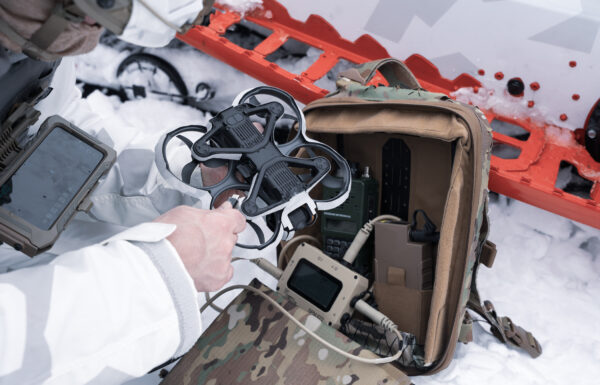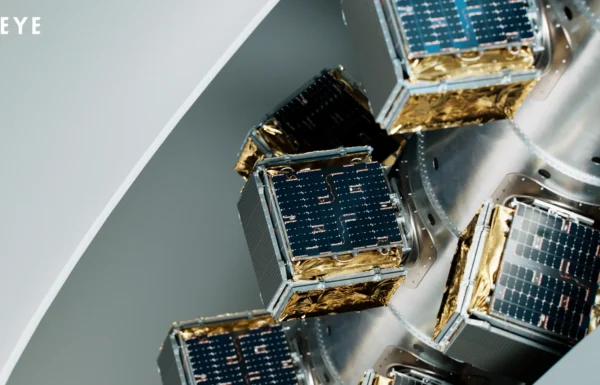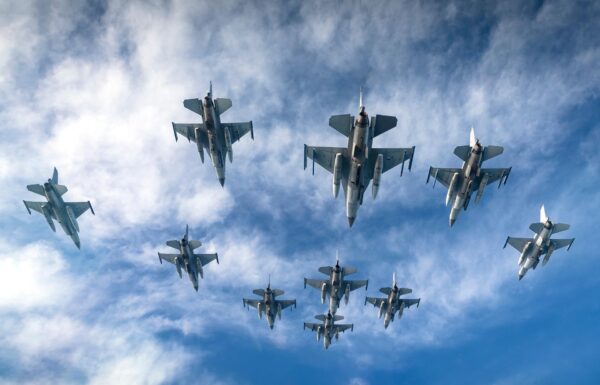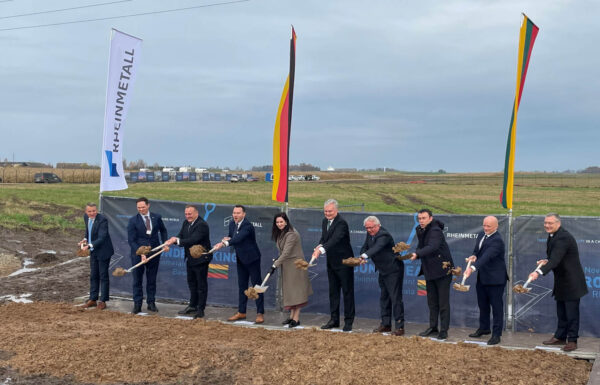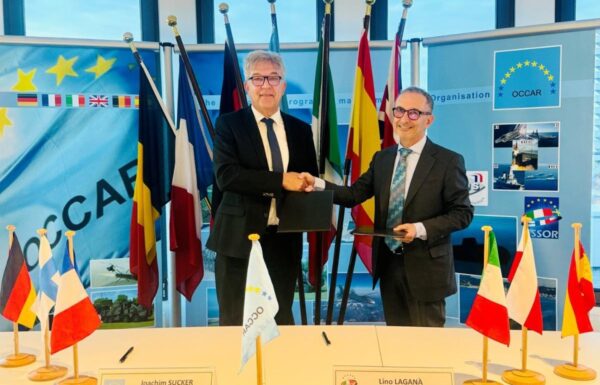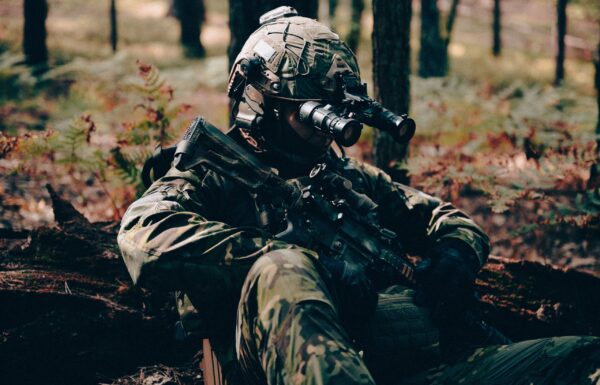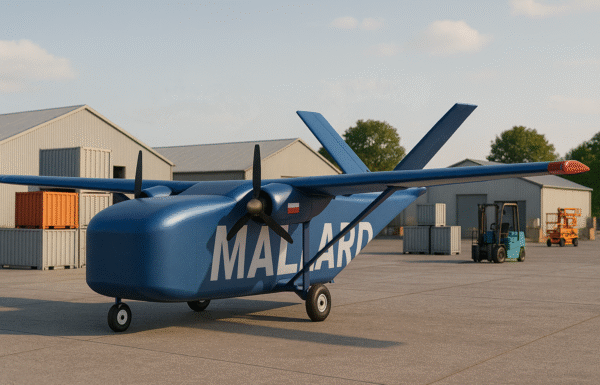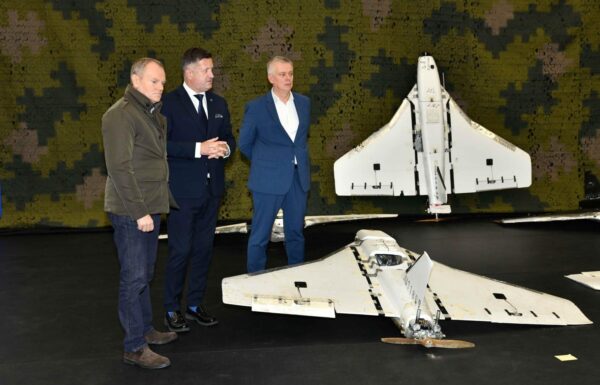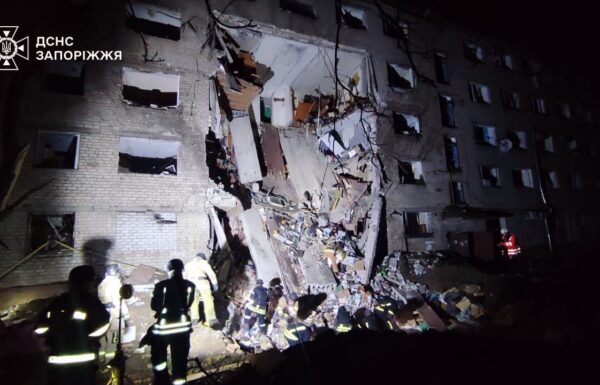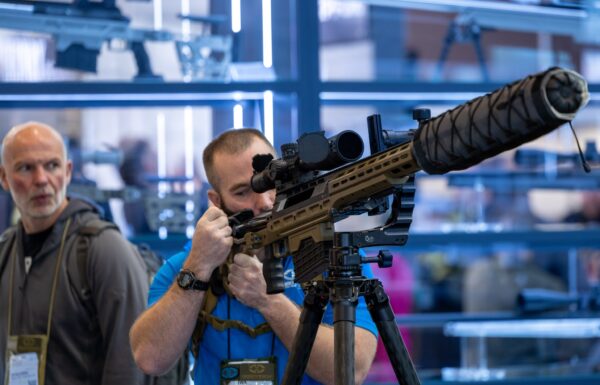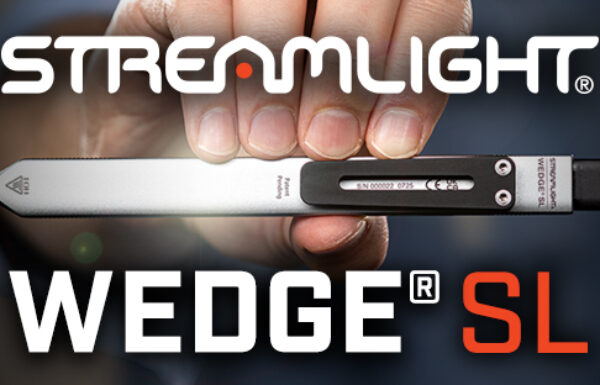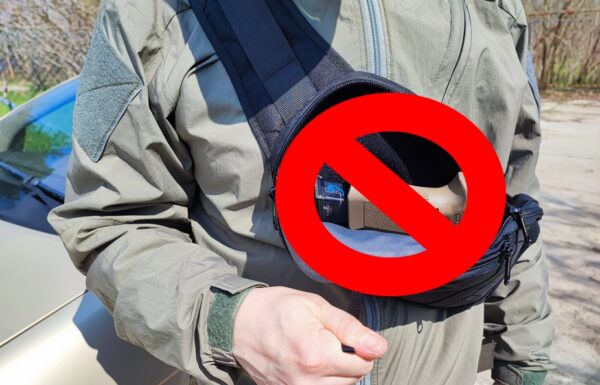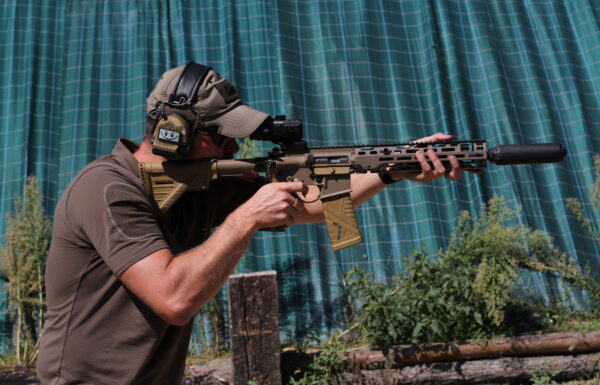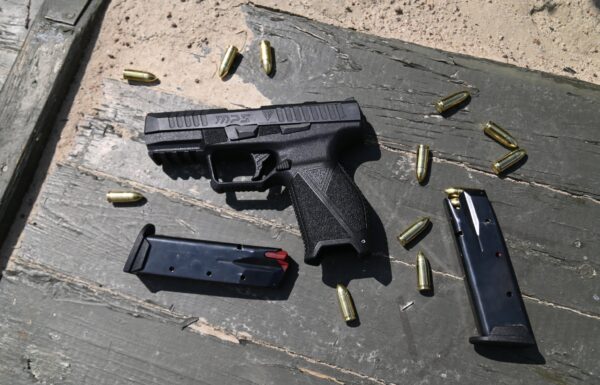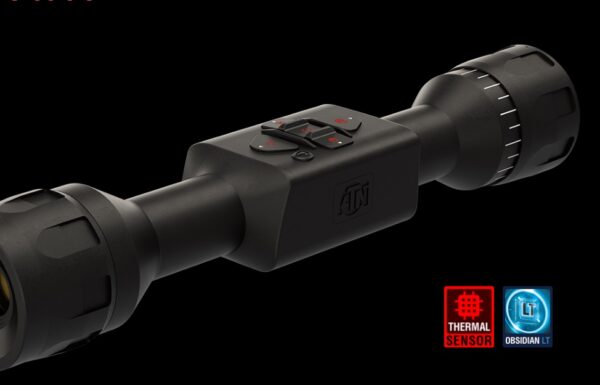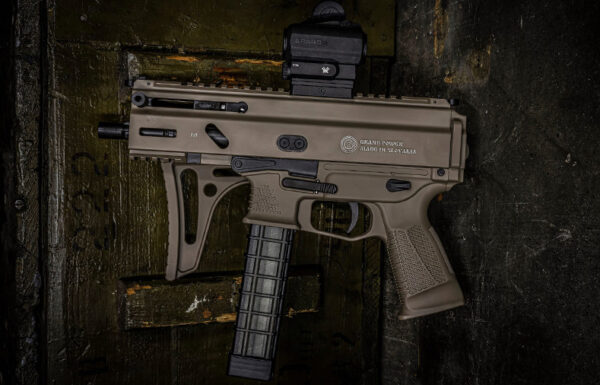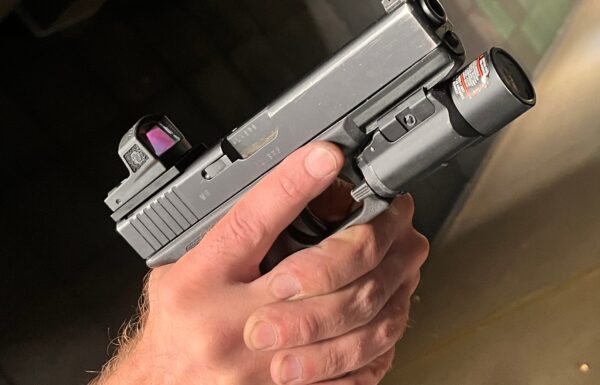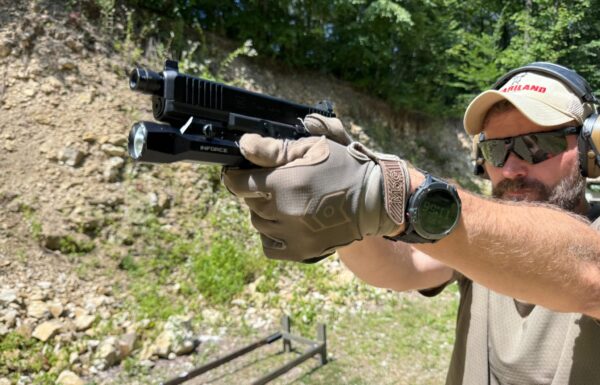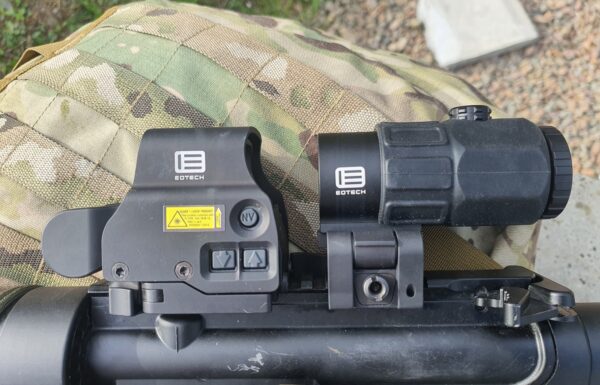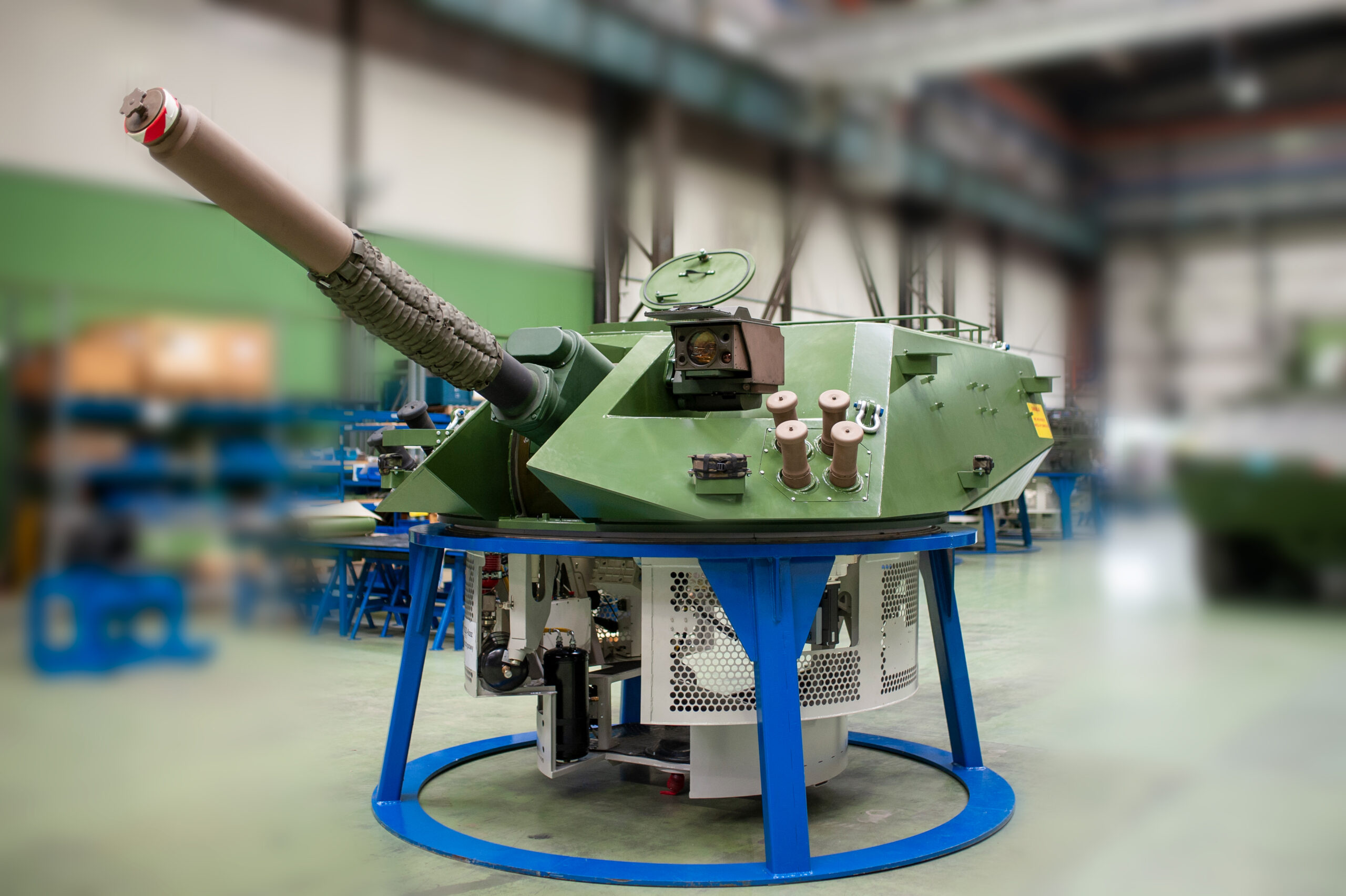As reported by representatives of Huta Stalowa Wola, work on a new version of the turret with a 120 mm mortar began in 2021. The new turret system with the 120 mm mortar has been designated M69. The project was initiated by HSW S.A.
Meeting the user's needs
The work on the new turret system for the mortar was primarily based on identifying the needs of the user, namely the Polish Armed Forces. An analysis of the solutions used in the serially produced Rak was conducted, as well as information obtained during its operation, including technical maintenance.
Work on the currently used Rak began in 2005, and the new M120G Rak self-propelled mortar on the Rosomak wheeled chassis entered service with the Polish Armed Forces in 2017.
Later, work related to the Rak aimed at developing a new tracked chassis to replace the originally planned Goździk chassis, which, alongside the wheeled Rosomak, was to serve as the platform carrying the turret with the 120 mm mortar. This led to the creation of the so-called Light Tracked Chassis (LPG), partially based on solutions developed for the NBPWP (Polish acronym for New Amphibious Infantry Fighting Vehicle) Borsuk.
The new Rak design is internally funded
Huta Stalowa Wola S.A. is working on a new generation of the turret system with a 120 mm mortar. The design work was based on the experiences gained from developing the previous version of the Rak. However, the designers also drew on solutions used in other projects and conducted an analysis of solutions used by competitors.
Importantly, the entire work on the new mortar is financed from HSW S.A.’s own funds and the funds of other companies collaborating on the project. HSW S.A. is not currently disclosing information about the total project costs.
It is worth mentioning that the Rak development program was initially funded by HSW S.A.’s own resources as well. It was only after two years of work, in 2007, that the program received financial support from the Ministry of Science and Higher Education, and in 2009, additional funding from the Department of Defense Policy of the Ministry of National Defense.
The new incarnation of Rak
The new mortar design features a significantly redesigned turret, with a shape that clearly differs from the previous version. The most noticeable difference is the front armor plates, which have a slightly greater angle of inclination. These plates are extended forward, providing protection for the gun mount mechanism from the sides and partially from the front. The rear part of the turret also has a different shape, with distinctive slanted armor plates at the bottom.
Another design change was the implementation of a new barrel mount. In the new design, the engineers decided to adapt the barrel mount currently used in the Krab self-propelled howitzers.
The mortar has also received a new ammunition loading system. In the currently produced Rak turret systems, ammunition can be loaded at any barrel elevation angle. The new ammunition feeding system requires the barrel to be lowered in order to load the next round. Interestingly, despite the seemingly more complicated loading process, which requires changing the barrel’s position before loading ammunition, the new loading system allows for a significantly higher rate of fire compared to the system used in the currently mass-produced Rak. The current Rak can fire at a rate of 6 to 8 rounds per minute, while the new mortar features a rate of fire of 10 to 12 rounds per minute. According to representatives of HSW S.A., this achieved rate of fire places the new turret system among the fastest in the world.
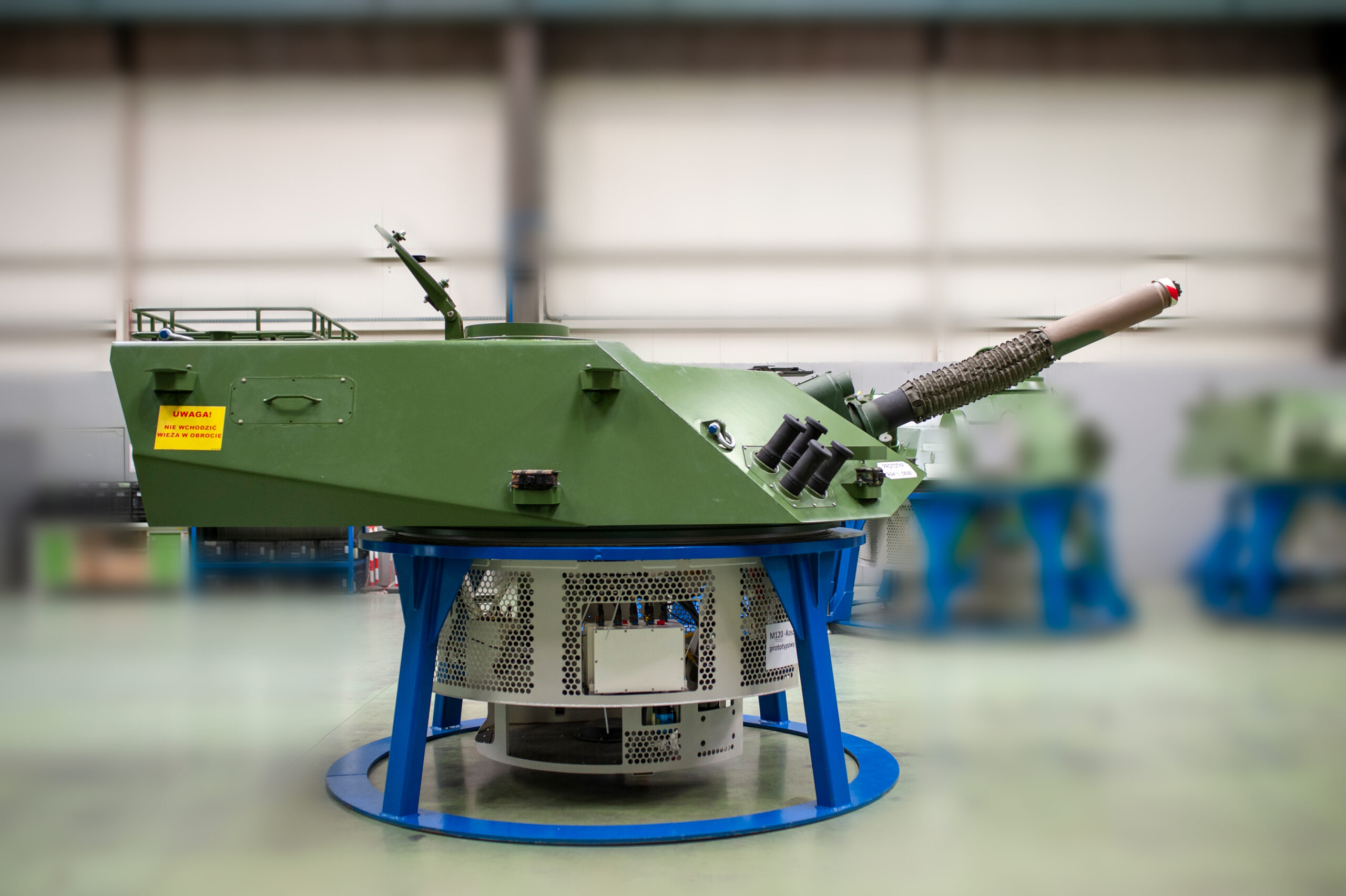
Externally, the new turret mainly differs in the armor of the barrel mounting mechanism, which is extended forward, as well as the different geometry of the part containing the ammunition magazine.
Photo: HSW
The new mortar design also retains many solutions from the currently produced Rak. For example, the layout and capacity of the ammunition magazines have not changed. As in the old Rak, part of the ammunition is stored in the turret and used by the ammunition feeding system, while another part is stored in the vehicle’s hull, on which the turret is mounted. The turret ammunition magazine still holds 20 rounds, and the hull magazine holds 40 rounds.
It is planned that the crew of the new self-propelled mortar will eventually consist of three people, and the turret system itself will be operable by one person. The turret, similar to the previous version, has been equipped with an optoelectronic thermal observation head used in the command and fire control system. The crew will have access to a ballistic computer with the TOPAZ system, a thermal imaging camera, a laser rangefinder, and a direct-fire aiming system. The equipment also includes an automatic mortar targeting system.
Borsuk crossed with Rak
The new turret system with the 120 mm mortar was primarily developed for installation on the new LPG chassis. This provides the self-propelled mortar with ballistic protection compliant with STANAG Level I. However, representatives of Huta Stalowa Wola S.A. highlight other possibilities offered by the new system. It also allows for installation on the NBPWP Borsuk, which provides ballistic protection compliant with STANAG Level II. They emphasize that while maintaining all functionalities and using the same amount of ammunition, the Borsuk with the new mortar retains its amphibious capability. Of course, it remains possible to mount the new mortar on a wheeled chassis, as is the case with the “old” Rak.
Tests In The Third Quarter
The development of the new turret system is currently at the prototype stage. During a visit to the Stalowa Wola plant this winter, the editorial team of MILMAG Magazine had the opportunity to see the prototype of the new turret system in the final stage of construction. Configuration and preparation work is ongoing.
The next step will be to integrate the new turret system with a chosen platform. As mentioned earlier, this could be any wheeled or tracked chassis that meets the appropriate installation parameters. The integration work with the chassis is planned to be completed by this summer. In the third quarter of 2024, factory trials of the new turret system are expected to begin. The trial schedule includes a full range of tests, including firing and field trials. For these trials, the new turret system will most likely be mounted on an experimental NBPWP vehicle.
The new Rak M69 is expected to be presented to the broader public during this year’s International Defence Industry Exhibition MSPO in Kielce.


